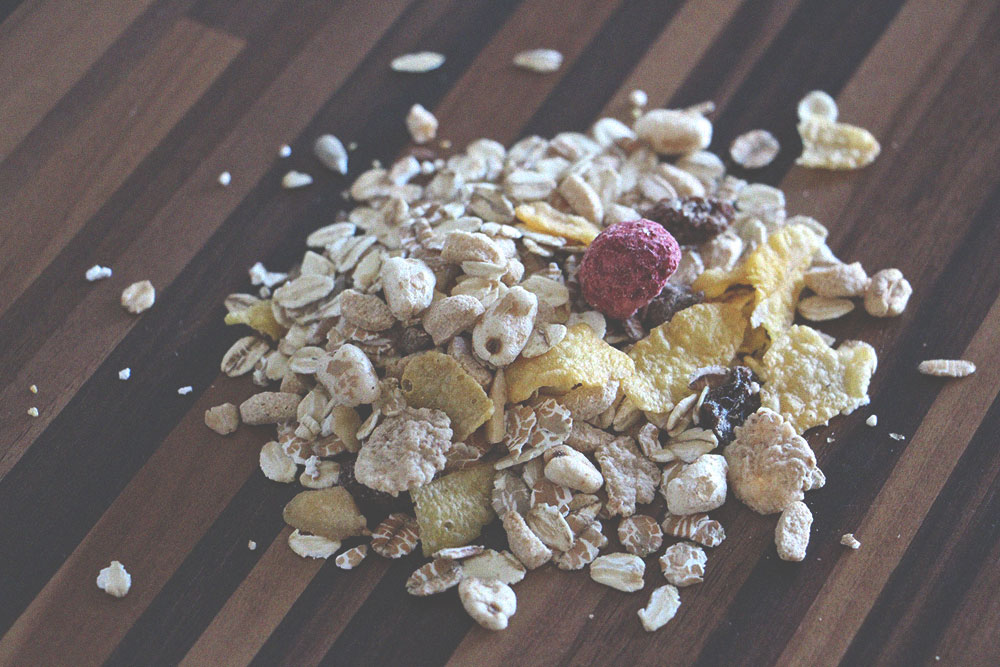Crossing the finish line is probably the only thing on your mind as you gear up the day before your marathon. Here’s your strategic guide for eating and hydrating before and during the race.
BY: LINDSEY KANE, MS, RD, LDN
As a runner, you love the sport for all its healthful benefits and the mental challenge of racing. But on race day, your mind is intently focused on the early morning call time and logistics of getting to the start line, leaving little room to think about your meals. However, what and when you eat will make all the difference in how you will feel during your marathon.
Here are 3 nutrition strategies to consider the day before, morning of, and during the race to help you cross that finish line strong:
1 DAY BEFORE
“The meal”
Make lunch “The Meal” and aim to eat an early dinner to allow for ample time to fully digest your food and top off that glycogen reserve without disrupting sleep or risk feeling heavy on race morning.
Meal composition
Stick with the high-quality carbs, lean protein, low-fiber/low-fat formula and eat meals you’ve already tested earlier in the week. Do not introduce anything new or unfamiliar to your body. Limit or avoid spicy foods, high-fat foods, dairy, and foods that can cause indigestion such as tomatoes, peppers, and mint.
Pro tip: If hunger strikes before bedtime, snack on some high-quality carbohydrate-rich foods like a banana or dates.
MORNING OF THE RACE
Meal timing & composition
Allow ample time to eat and digest. Know your body – slow digesters should try to eat 3-4 hours before the race; for fast to normal digestion, 2-3 hours should be adequate time. This should be one of the meals you already tested earlier in the week. Most athletes should consume ~100 grams of low-fiber, easy-to-digest carbohydrates (about 0.5-1 gram of carbs per 1 lb of body weight). Optional: If you can tolerate it, eat another 15 to 20 grams of carbs (a handful or raisins, or a few bites of a banana) within 30-60 minutes prior to the start to delay tapping into your energy stores.
Hydration
Drink 1.5 to 2.5 cups of fluids at least 2 to 3 hours before the race. Optional: Try 8-16 oz of beet juice to increase blood flow and energy production. Continue to sip on water up to 30-60 minutes before the race. However, cap pre-race hydration to 24 oz or less to avoid over-hydration and a full bladder when the gun goes off.
Pro tip: To avoid hitting the wall, a steady pace is the most efficient way to maximize your glycogen storage. Studies have found than an erratic pace will deplete glycogen storage at a faster rate. Make your energy reserves last longer by keeping your cadence even throughout the race.
DURING RACE
Hydration
Aim for 3-6 oz every 20 minutes or every other mile (or, follow your pre-calculated fluid replenishment rate). Replenish your electrolytes with coconut water or a sports drink. Nunn makes capsules that you can take with you and dissolve in water.
Fuel
The longer into your run, the less efficient or “awake” your digestion becomes. Anticipate this decline by making sure to get your first round of fuel into your gut at the 1-hour mark. From there, aim for 30-60 grams of carbs per hour. Spread it out evenly in small doses at a time to avoid cramping (i.e. ¼ of a gel packet or a bite of food every other mile). Real food alternatives include banana, a few pretzels, handful of raisins, two dates or dried apricots, or try this DIY gel recipe.
Pro tip: If you’re taking gels, be sure to always take it with water, not a sports drink, as combining gels and sports drinks will flood your stomach with excess sugar and cause cramping.
The food we eat has the power to make or break our performance, but there’s no need to overthink it! If you follow these steadfast strategies and trust your gut, your body will be nourished with powerful nutrients to fuel you across the finish line with a new PR.
Adapted from the original article.
Lindsey Kane, MS, RD, LDN is a San Francisco-based Registered Dietitian helping others live a stress-free, balanced, and thriving life. By getting to know her clients inside and out, Lindsey identifies the opportunities within their everyday lifestyle to integrate subtle changes that create lasting, impactful results. Learn more at Bite For Change!

